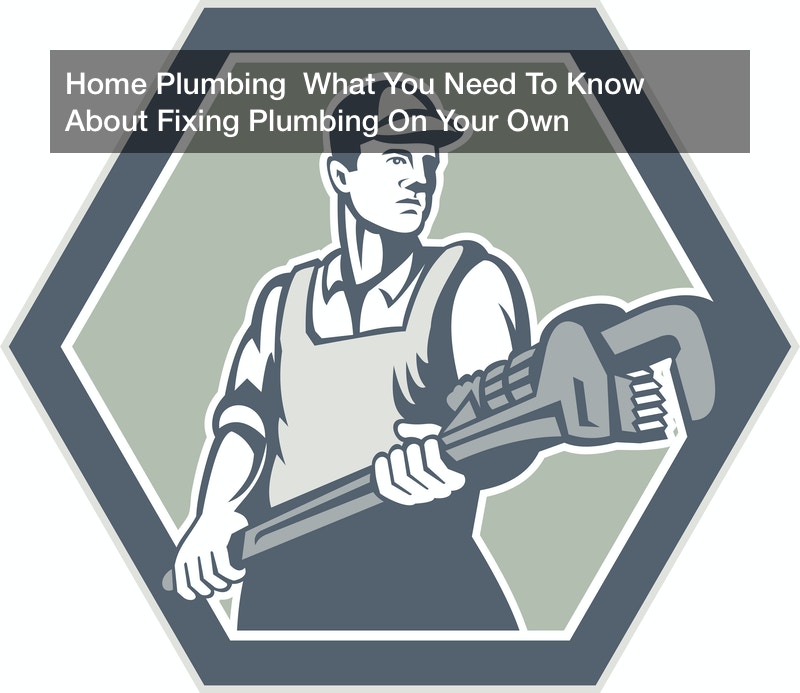
The United States is a country filled with millions of homeowners. American homeowners are, quite frankly living the dream. They have their own space, a taste of independence, and the opportunity to create a family and long-lasting memories. After all, they now have the life they’ve always wanted. However, life does not always run smoothly. Homeowners have many responsibilities and tasks they have to complete on a daily basis. Some of these tasks include, cleaning, paying an array of bills, and fixing materials and objects in the house that may not be functioning efficiently and effectively. This last responsibility, for most, is very important. When objects or materials in the home aren’t functioning properly, things could get messy. Additionally, this “fixing” typically involves plumbing issues. If you’re a homeowner who is experiencing plumbing issues, such as leaks, here is what you need to know about fixing plumbing on your own.
What Are Hose Clamps?
Before discussing the array of hose clamps, such as stainless hose clamps, large hose clamps, and mini hose clamps, it is necessary to discuss what hose clamps are. Hose clamps, or clips to some, are essentially devices that attach to a hose. This attachment seals the hose. Hose clamps have been compared to a form of heavy duty duct tape. However, hose clamps perform more efficiently than duct tape. This is because these clamps can withstand an ample amount of pressure as well as any water contact. Therefore, hose clamps are used when there is a leak or hole in materials such as a hose. There are many types of hose clamps for different plumbing leaks, and they each have many benefits.
Stainless Hose Clamps: If you’re looking for a device so you can repair your plumbing leaks on your own, stainless hose clamps may be ideal for your situation. Stainless hose clamps are, of course, made of stainless steel. This is beneficial when you’re repairing a leak. Since the clamps will be in contact with water, it is important to purchase a clamp that will not be negatively effected by water. This is stainless hose clamps. Stainless steel does not corrode because of water. Therefore, if you use these hose clamps for your leak, you will not have to worry about replacing them because of rust or corrosion. Additionally, stainless hose clamps are durable. Because you’re fixing your hose on your own, it is important to find a device that is durable and will not damage your hose further. Any further damage would require professional assistance. Stainless hose clamps are durable, will not damage your hose, and are long-lasting. Once you repair your hose you can go on with your day!
Large Hose Clamps: Large hose clamps are ideal for larger hose repair. Sometimes hoses are extremely damaged, and if you’re repairing the damage on your own, it may feel very overwhelming. However, large hose clamps can fix your leaks properly. Large hose clamps have many benefits, similar to stainless hose clamps. Many large hose clamps are easily adjustable. Therefore, you can adjust the clamp to the fit that you need. All of this can be done pretty quickly so you do not have to spend all day on repairs. Lastly, large hose clamps will not leave any gaps between materials and the hose. There will be even pressure on all sides so the leak is bandaged up. If you have larger leaks, large hose clamps are devices you should consider during your DIY repair.
Mini Hose Clamps: Mini hose clamps are for smaller, minor repairs on your plumbing’s hoses. These minor repairs are the ones that many homeowners opt for DIY instead of calling a plumber. Mini hose clamps are beneficial for small holes in hoses. It is important to note that you should repair these holes as soon as possible so they do not get any larger. These hose clamps offer a tight fit, so a seal is guaranteed. Additionally, this tight seal remains for a long time before possible hose clamp replacement. So, if you’re fixing hoses, mini hose clamps may be the device you need.